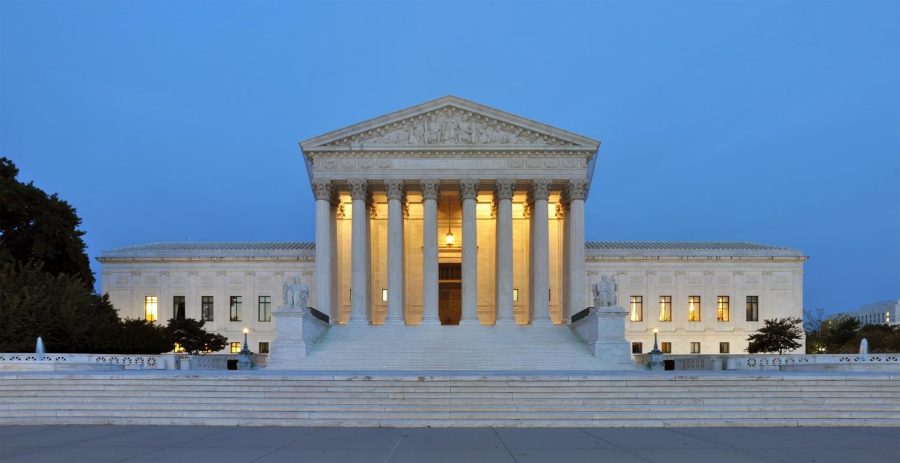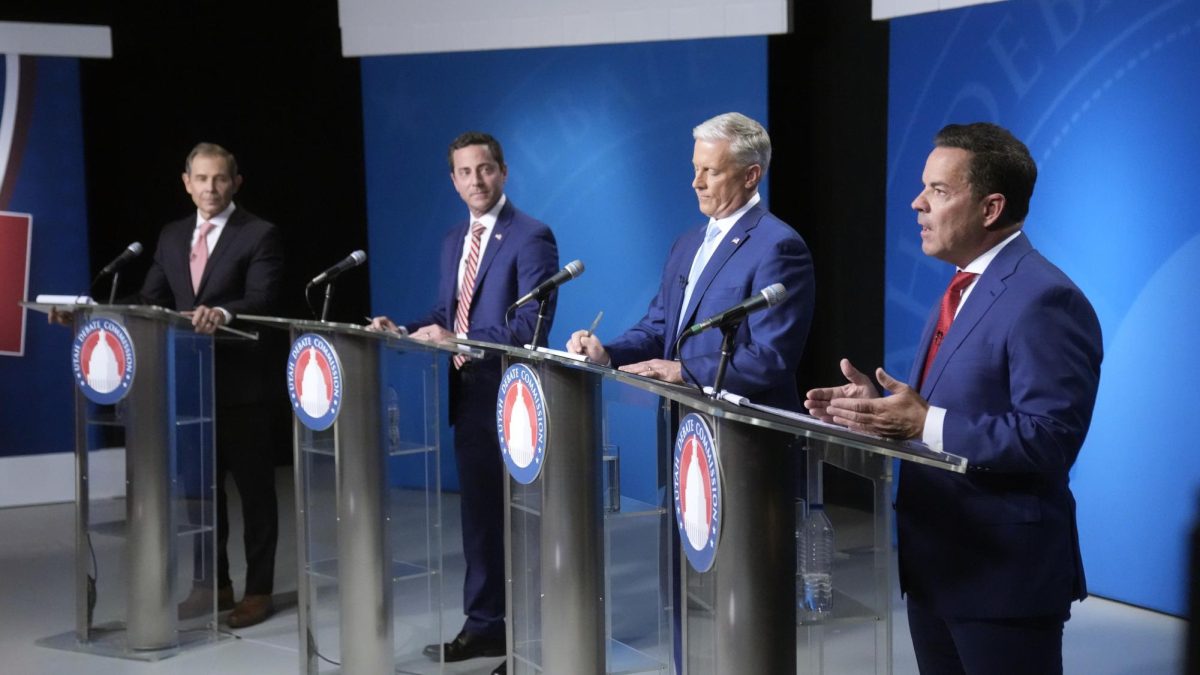Although federal research grant money is a critical resource for the U, helping to attract and maintain high-quality faculty such as Nobel-prize winner Mario Capecchi, grant money at the U has not increased as significantly in recent years as it did in the 1990s, according to the U’s Office of Budget and Institutional Analysis.
Paul Brinkman, associate vice president for budget and planning, attributes “fairly modest growth” to a federal deficit and to a general “tightening up of what is available for research.” With the economic hurdles the country faces, the U has to compete with other universities for research grant money.
In the 1990s, federal research money went from $87.5 million in the 1991 fiscal year to $175.3 million in the 2001 fiscal year-a growth of an average $8.7 million a year during the 10-year period. The budget available for research doubled during that period.
However, federal research money has not grown as quickly as it did in the last decade. That budget has gone from $186.4 million in 2002 to $226.6 million for the 2006 fiscal year. Numbers for the past year are not yet available.
Research professors typically write grants to the federal government with proposals for projects. Kristen Barnes, executive secretary of the U’s Office of Sponsored Projects, said medicine and science researchers apply for more grants than humanities and arts professors. From July 2007 to the end of January 2008, the Office of Sponsored Projects has processed 1,113 grant proposals.
Research grant money from the federal government is awarded to different colleges on campus with the School of Medicine consistently being the highest recipient of those funds. For fiscal year 2000, the School of Medicine received $68.9 million from the federal government, peaking at $97.4 million in 2005. For fiscal year 2006, that figure dropped to $85.4 million.
Behind the School of Medicine, the College of Engineering and the College of Science receive the highest amount of federal funds. The College of Engineering federal funds peaked at $37 million in fiscal year 2005 and dropped to $30 million in fiscal year 2006. Likewise, the College of Science peaked at $33.6 million in fiscal year 2004 and dropped to $29.1 million by fiscal year 2006.
Most colleges are awarded federal research grants with the Colleges of Pharmacy, Mines and Earth Sciences and Social and Behavioral Sciences receiving more modest funds. At the lower end are the College of Fine Arts, awarded $15,000 in fiscal year 2006, and the college of law, which has not received any federal research grant money since fiscal year 2000.
Through the Utah Science Technology and Research initiative, the U has been able to obtain more research funds. The organization, created in March 2006, is trying to bring more researchers into the state and improve research facilities at the U and at Utah State University. USTAR aims to build Utah’s “knowledge economy,” according to the organization’s website.
Also, according to the website, this initiative invests in world-class innovation teams and research facilities at the U and Utah State University to create novel technologies that are subsequently commercialized through new business ventures.
Brinkman said obtaining more federal research grant money is crucial.
“We can’t train (graduate) students if they’re not doing research, and we can’t do research without the money,” Brinkman said. “That money goes to things like finding a cure for cancer and improving everyone’s quality of life.”











